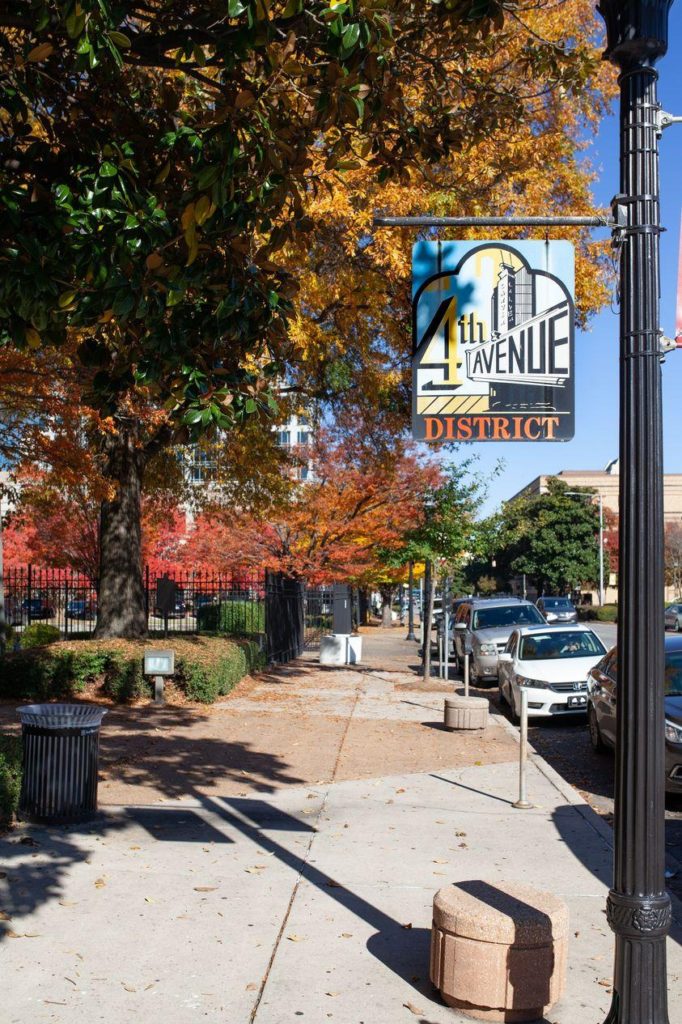Fourth Avenue Historic District
Fourth Avenue Historic District
How to visit: Accessible on foot, with signage designating significant landmarks
During the first half of the 20th century, the 4th Avenue Historic District was the vibrant center of the Black community in Birmingham. Under Jim Crow laws, Black residents were prohibited from patronizing white establishments, so they opened their own. The District held Black-owned banks and insurance companies, lawyers’ and doctors’ offices. Its centerpiece was the Masonic Temple, which contained a library, a soda fountain, and a ballroom that featured performances by Duke Ellington and Count Basie, among others.
The District is the last remaining remnant of the Jim Crow years in Birmingham, which lasted from 1908 to 1941, and it’s still being revived and developed.
At its peak, the District was home to more the 300 businesses that supported each other and Black consumers from all over. Today, the District still has a variety of small businesses, many Black-owned; non-profit organizations; and historical sites, including the Carver Theatre and the Masonic Temple.
